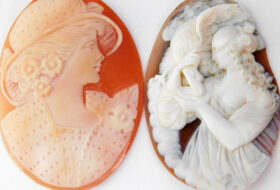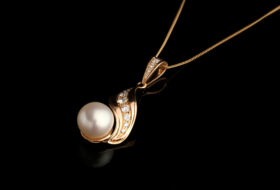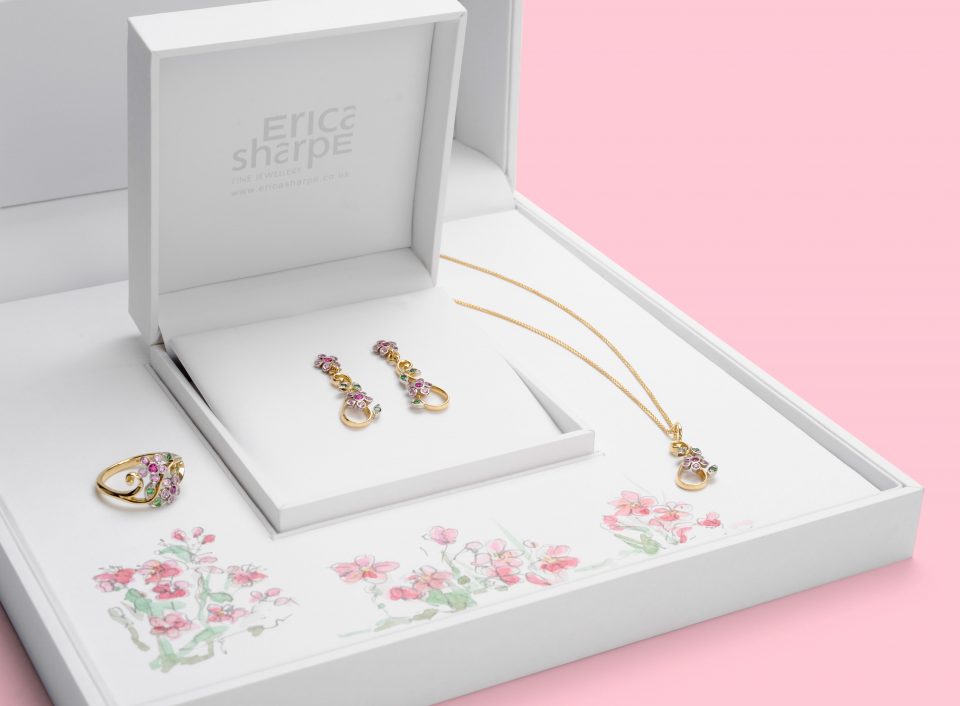For those that have a birthday in this month, you are lucky to have the beautiful purple Amethyst as your birthstone. Amethyst is a clear, purple coloured crystalline version of quartz. It has been revered for thousands of years. Coloured by traces of iron, heating (either naturally during its time in the earth, or more frequently by man) will change its colour to yellow, and produce Citrine. In ancient Greece, goblets were carved from amethyst as the stone was believed to protect from drunkenness and in Medieval times they constituted a rare addition to precious gems in pious jewellery.
The most stunning amethyst I’ve ever worked with was through a trade commission. Sometimes I undertake work for other jewellers around the country. It’s always beautiful and challenging work, but I never find out or meet who owns the pieces I make! This particular beautiful hexagonal-cut amethyst was the most rich, deep velvety purple I have ever set eyes on. The stone itself was the size of a hen’s egg and my job was to create a diamond-set bar brooch to suspend it from.

Whilst amethyst is probably my favourite, other versions of crystalline quartz are also very beautiful. Citrine, rock crystal and smokey quartz. The Cairngorm mountains in Scotland are home to a smokey brown/orange or yellow version (called citrine or smokey quartz if found elsewhere) which is known simply as a ‘Cairngorm’. Nearer to home, I’m pleased to say we have our own West Country quartz speciality – Bristol Diamonds! Although the name would befit a premier league skittle team, Bristol Diamonds are actually bright and perfectly clear quartzes that come from the Avon Gorge near Hotwells, Bristol.
In the Idar Oberstein Region of Germany, famous for its early bond with amethysts and quartz, the cutters (Lapidaries) had to lie face-down on a wooden plank suspended above the moving grindstones, giving rise to the term ‘ Nose to the grindstone’! As well as being used in jewellery and carvings, quartz is also useful in technology. It is piezoelectric. If your gas hob has a piezo ignition button (not pizza-ignition, as my children call it), then every time you click it you are hitting a quartz crystal to create an electrical charge which lights the gas! In reverse, if you apply a tiny electric voltage to a quartz crystal, it vibrates at a very specific frequency. This property is used in watches and clocks to keep good time. So the chances are, theres a tiny quartz crystal on your wrist helping to keep your nose to the grindstone!










